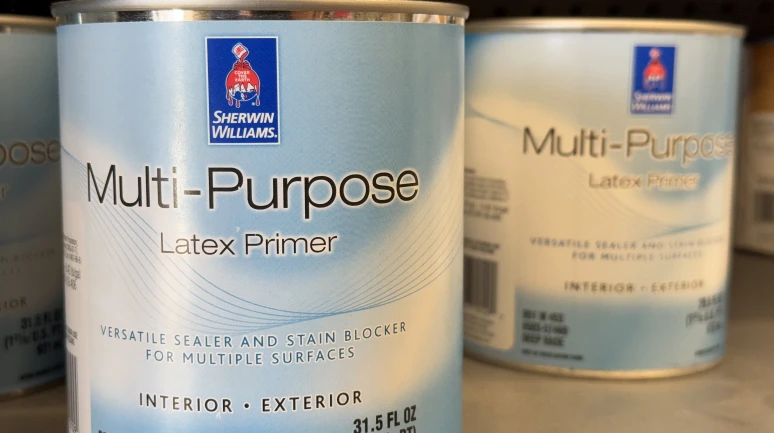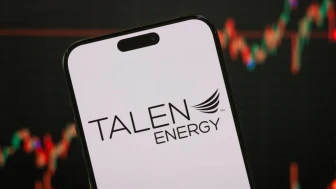One of the key advantages of preferred securities is their ability to provide investors with a steady stream of income that is often higher than what is offered by traditional bonds or common stocks. The fixed dividend payments can be particularly appealing to income-oriented investors, especially in today's low-interest-rate environment.
Furthermore, preferred securities can offer tax advantages to investors. In some cases, the dividends received from preferred securities may be taxed at a lower rate than interest income from bonds or ordinary dividends from common stocks. This tax-efficient characteristic can make preferred securities an attractive option for investors looking to maximize their after-tax returns.
Overall, preferred securities can be a valuable addition to a well-diversified investment portfolio, providing investors with a unique combination of income potential, capital appreciation, and tax advantages. It is important for investors to carefully evaluate the risks and rewards associated with preferred securities and consider their individual investment goals and risk tolerance before incorporating them into their investment strategy.
Attributes of Preferred Securities
Investors looking for portfolio income may find newly issued preferred securities from banks to be a lucrative option, according to Bank of America.
Preferred securities offer a unique combination of stock and bond features, trading publicly on exchanges like equities while providing investors with a regular income stream, usually distributed quarterly.
Tax Advantages of Preferred Securities
Investors in preferred securities can enjoy income payments exceeding 5% with favorable tax treatment, as the tax rates on these payments are typically 0%, 15%, or 20%, depending on the investor's taxable income, unlike bond income which is taxed as ordinary income at rates as high as 37%.
Attractive Offerings in the Market
According to Michael Youngworth, head of global convertibles and preferreds strategy at Bank of America, banks and utilities commonly issue preferred securities, with major financial institutions like Goldman Sachs, State Street, JPMorgan, and Citi offering high-coupon preferred securities.
Types of Preferred Securities
Preferred securities come in different denominations, with $1,000 par securities primarily targeted at institutional investors and $25 par securities aimed at retail investors. The latter usually have fixed coupons for a specific term or "fixed to floating" rates that can adjust over time.
Recommended Preferred Securities
Bank of America's recommended list of preferred securities includes offerings like an Allstate perpetual preferred with a 7.375% coupon and a call date of July 15, 2028, as well as a perpetual preferred from M & T Bank with a 7.5% coupon and a call date of June 15, 2029.
Market Outlook and Considerations
Investors need to be mindful of interest rate sensitivity, credit ratings, and issuer liquidation risks when investing in preferred securities. Shorter-duration $1,000 par securities are currently favored over $25 par securities, but opportunities may arise with changing market conditions.
ETF Options for Preferred Securities
For broader exposure to preferred securities, investors can consider exchange-traded funds (ETFs) like the Invesco Variable Rate Preferred ETF (VRP), which has seen increased retail flows and offers a total return of about 10.3% over the past year. Other ETF options include the iShares Preferred and Income Securities ETF (PFF) and the First Trust Preferred Securities and Income ETF (FPE).

























